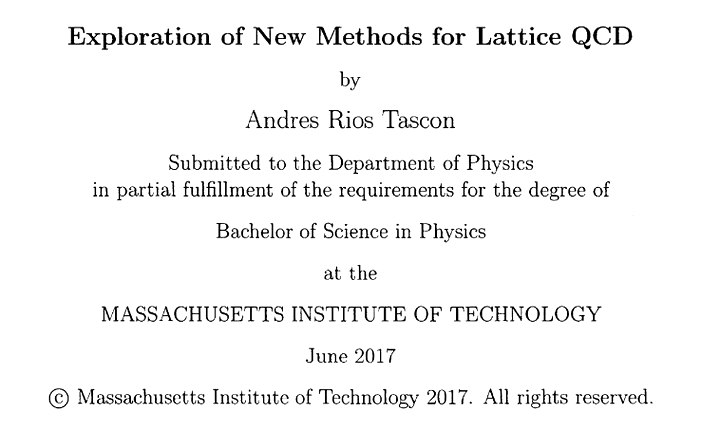
Abstract
We explore two methods aimed at alleviating two difficulties in Lattice QCD: statistical noise and data storage. The first method intends to improve the signal-to-noise (S/N) ratio in three-point correlators, by extending previous work by Detmold and Endres. We test the method in the measurement of two observables: the nucleonic axial charge, and a matrix element computation related to the electromagnetic form factor of the rho meson. Only in the case of the rho we see a very slight improvement. We conclude that, in general, a case-by-case study would be needed to determine the effectiveness of the S/N optimization. The second method that we study aims to improve data compression of gauge fields. It consists in generating a set of matrices distributed roughly uniformly along the group manifold, and constructing fine lattices around each of these matrices. We show that this compression can indeed provide better performance for